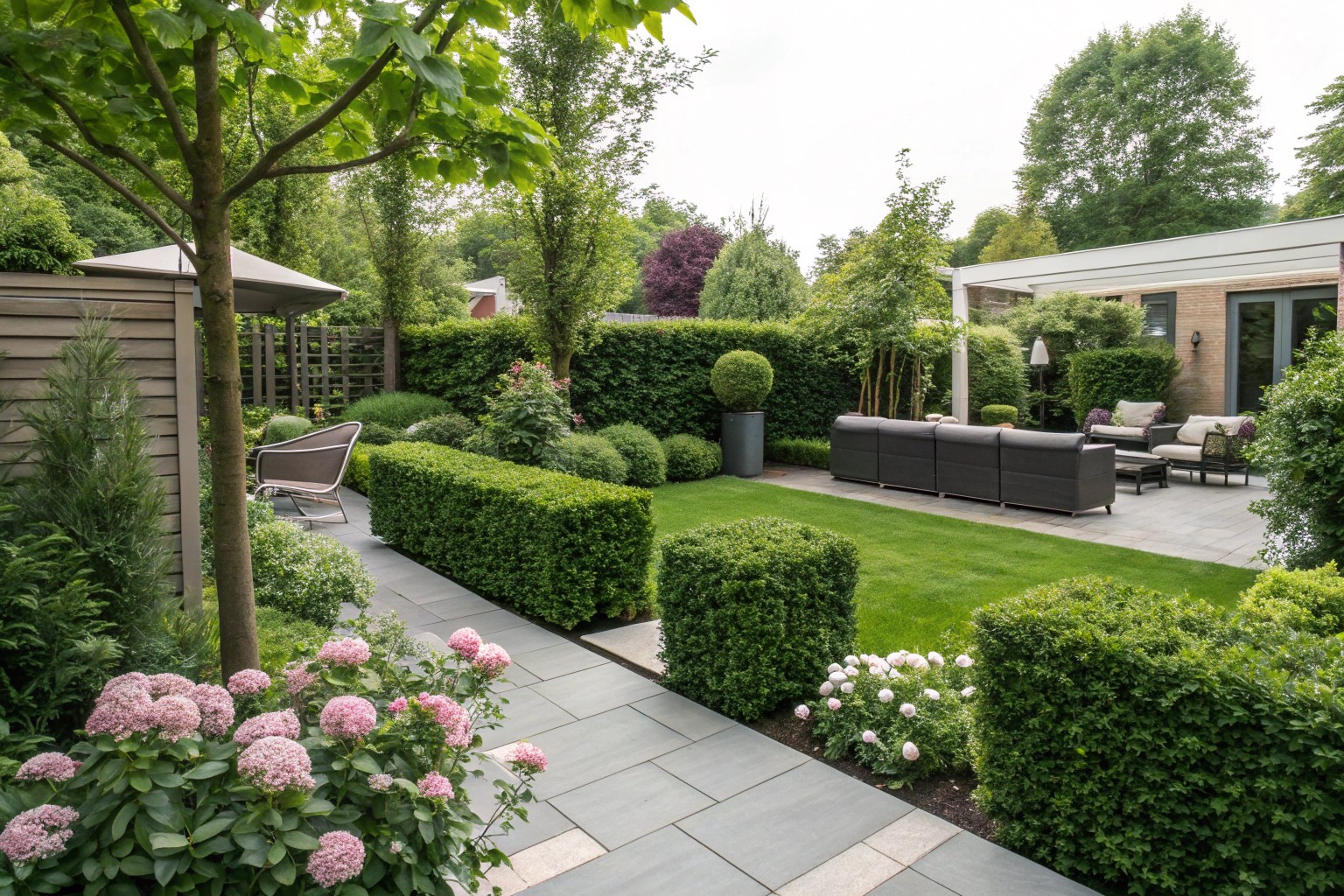Privacy has become one of the most sought-after elements in modern home design, whether you’re creating intimate outdoor spaces or defining functional zones within open-plan interiors. The key lies in choosing solutions that serve dual purposes—providing the seclusion you need while enhancing your space’s aesthetic appeal.
Understanding Your Privacy Needs
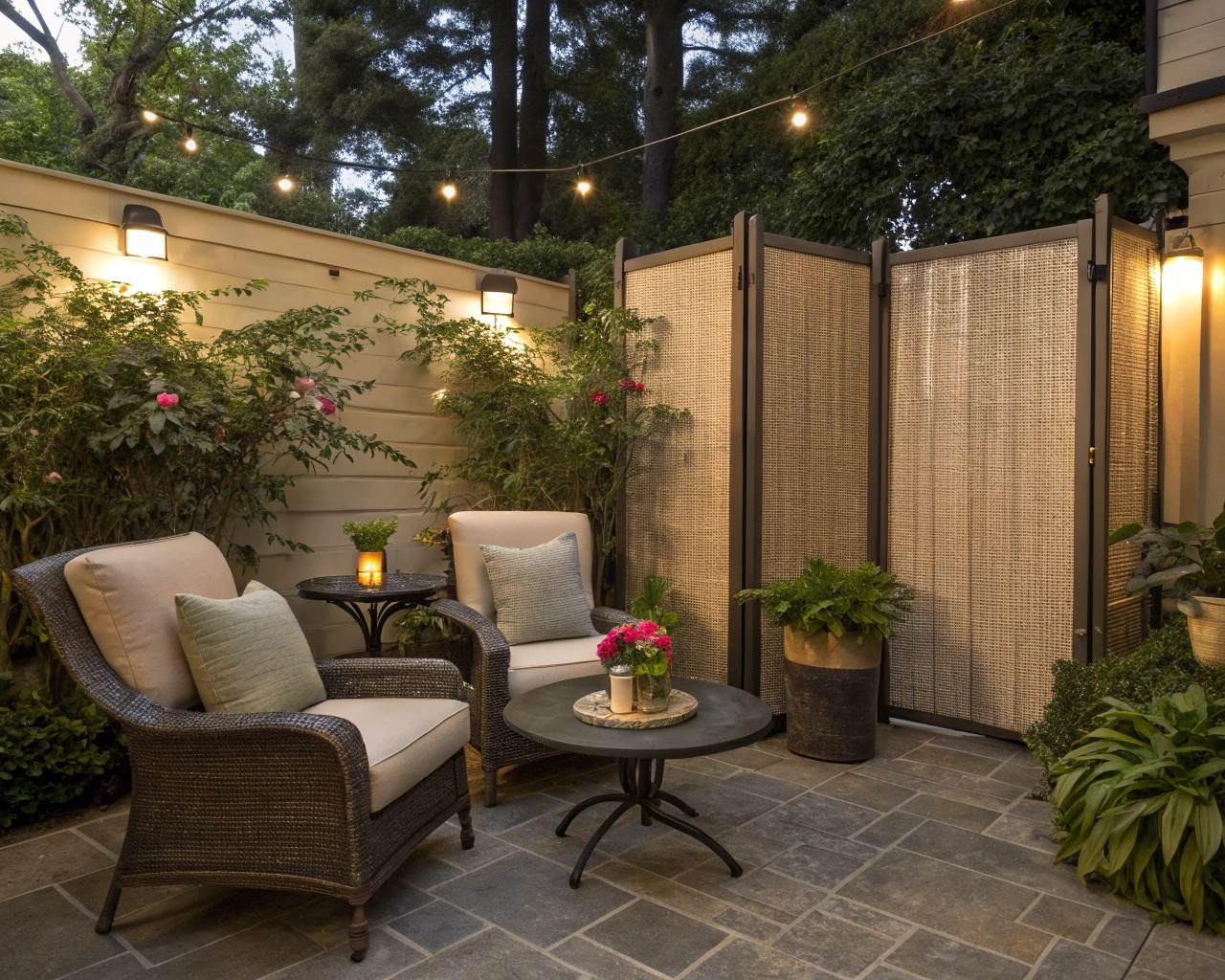
Before selecting any privacy solution, I always recommend conducting a thorough assessment of your specific requirements. The approach differs significantly between temporary screening for seasonal use versus permanent installations that will define your space year-round.
Evaluating Your Space
Outdoor Considerations:
- Sight lines: Identify exactly what you want to block and from which angles
- Wind patterns: Screens can double as wind barriers, affecting plant choices and material selection
- Sun exposure: Determine if you need full blocking or filtered light
- Soil conditions: Critical for plant-based solutions, affecting species selection
Indoor Considerations:
- Light flow: Maintain natural illumination while creating separation
- Traffic patterns: Ensure partitions don’t impede movement
- Ceiling height: Influences scale and proportion of dividing elements
- Existing architecture: Work with structural elements rather than against them
Outdoor Privacy Solutions
Material-Based Privacy Screens
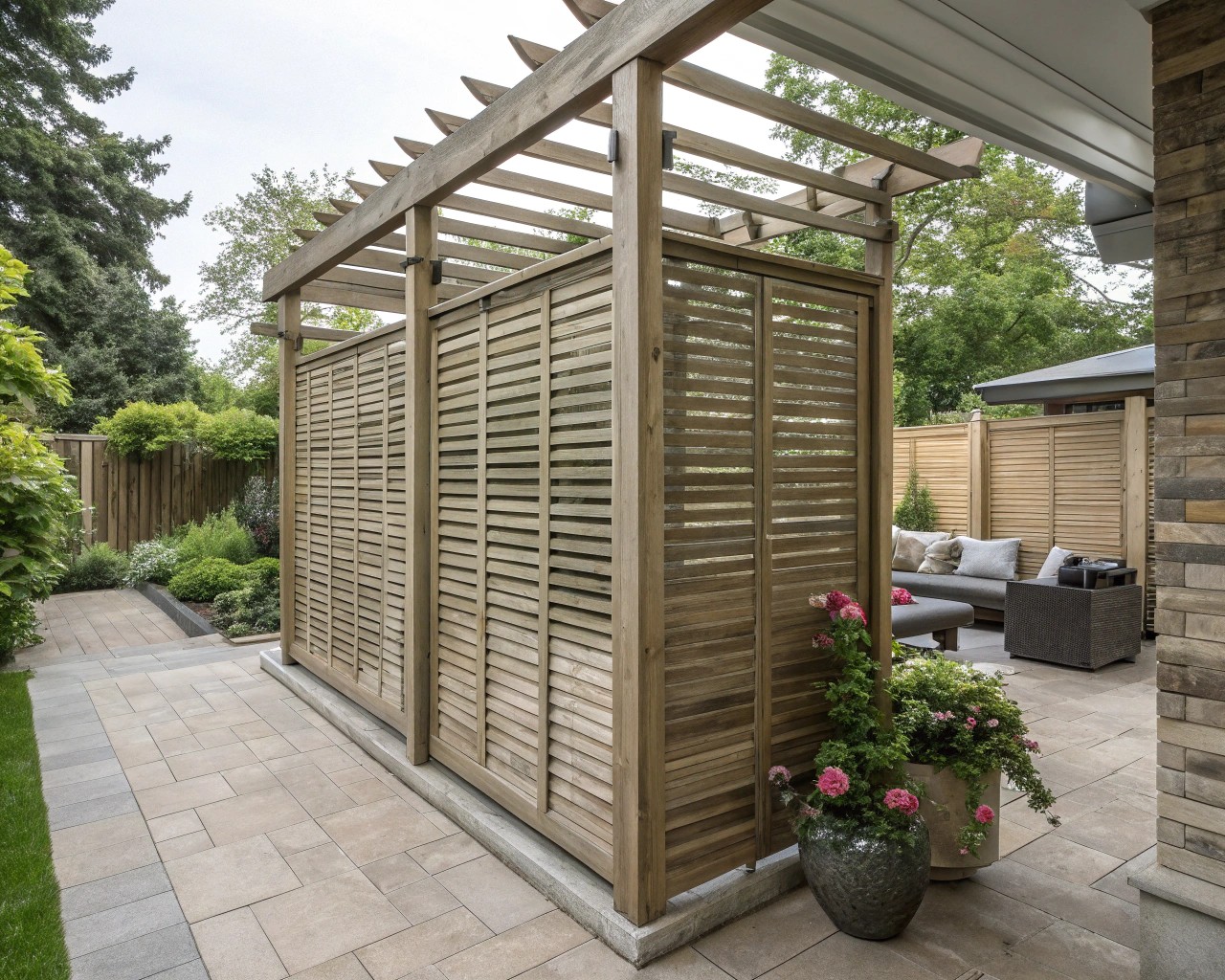
Modern outdoor privacy screens offer remarkable versatility in both function and design. The material choice fundamentally affects durability, maintenance requirements, and aesthetic integration with your landscape.
Metal Privacy Screens
Galvanized steel and aluminum screens have revolutionized outdoor privacy design. These materials resist rust and weathering while offering intricate laser-cut patterns that create visual interest. I’ve found that metal screens work exceptionally well in contemporary settings, particularly when you want privacy without completely blocking airflow.
Key Benefits:
- Longevity: 15-20 year lifespan with minimal maintenance
- Design flexibility: Laser-cut patterns allow customization
- Weather resistance: Performs well in all climates
- Installation ease: Most are freestanding with anchor options
Popular metal screen options include the SceneryLine galvanized steel screens, which come in five different laser-cut designs and measure 47 inches wide by 76 inches high. For larger coverage areas, multiple panels can be positioned side-by-side effectively.
Wood Privacy Screens
Wood remains the most versatile and widely accessible material for privacy screening. Cedar, merbau, and blackbutt offer excellent weather resistance, while treated lumber provides budget-friendly alternatives.
Design Variations:
- Vertical slats: Classic approach with clean lines
- Horizontal planks: Creates contemporary, elongated visual effect
- Diagonal patterns: Adds dynamic visual interest
- Mixed orientations: Combines multiple directions for unique designs
When building DIY wood screens, I recommend starting with a 6-foot tall by 4-foot wide panel using treated 2×4s for the frame and lath for infill. This size provides substantial coverage while remaining manageable for installation.
Composite and Alternative Materials
Modern composite materials combine wood aesthetics with enhanced durability. Recycled polymer screens offer sustainable options that withstand harsh weather without the maintenance requirements of natural wood.
Fabric Solutions:
Retractable fabric screens, such as the Yaheetech double retractable system, can extend up to 20 feet and provide flexible privacy that retracts when not needed. These work particularly well for seasonal use or spaces where permanent screening isn’t desired.
Plant-Based Privacy Solutions
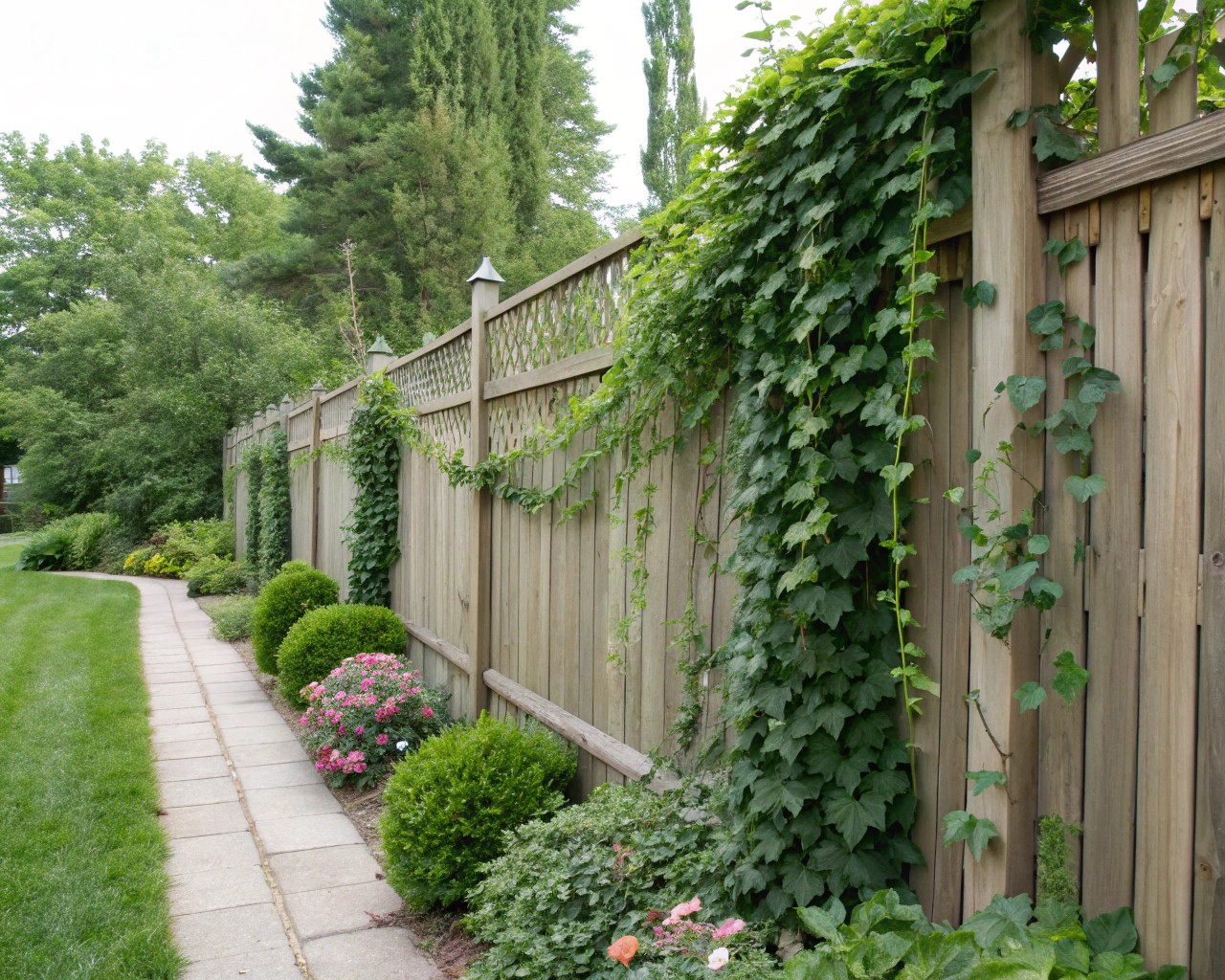
Living privacy screens offer unmatched natural beauty while providing habitat for wildlife and improving air quality. The key is selecting species appropriate for your climate zone and maintenance capacity.
Fast-Growing Privacy Plants
When immediate privacy is essential, several plant species deliver rapid results:
Bamboo: Provides the fastest screening solution, with some varieties growing several feet annually. However, choose clumping varieties rather than running types to prevent invasive spread.
Arborvitae (Thuja): Emerald Green and North Pole varieties offer dense, evergreen screening. Emerald Green reaches 15-20 feet with a 4-foot spread, while North Pole stays more compact at 10-15 feet.
Cypress: Similar growth characteristics to arborvitae but with slightly different needle texture and form.
Strategic Plant Combinations
I often recommend layered planting approaches that combine different species for year-round interest and comprehensive coverage:
Three-Layer System:
- Canopy trees: Silver birch or oak for overhead screening
- Understory shrubs: Laurel, photinia, or camellia for mid-level privacy
- Ground layer: Ornamental grasses or lower shrubs for complete coverage
Climbing Plants for Vertical Screening
Vines offer rapid coverage for existing fences or structures:
Crossvine (Bignonia capreolata): Fast-growing with attractive trumpet-shaped flowers
Climbing Hydrangea: Provides large white flower clusters and dense foliage
Ivy, Clematis, or Hops: Quick coverage options for immediate privacy needs
Living Wall Integration
Combining planters with trellis systems creates multifunctional privacy solutions. A trellis planter measuring 100cm high × 120cm wide × 30cm deep can accommodate substantial plantings while serving as an effective room divider both indoors and outdoors.
Indoor Privacy Solutions
Flexible Room Dividers
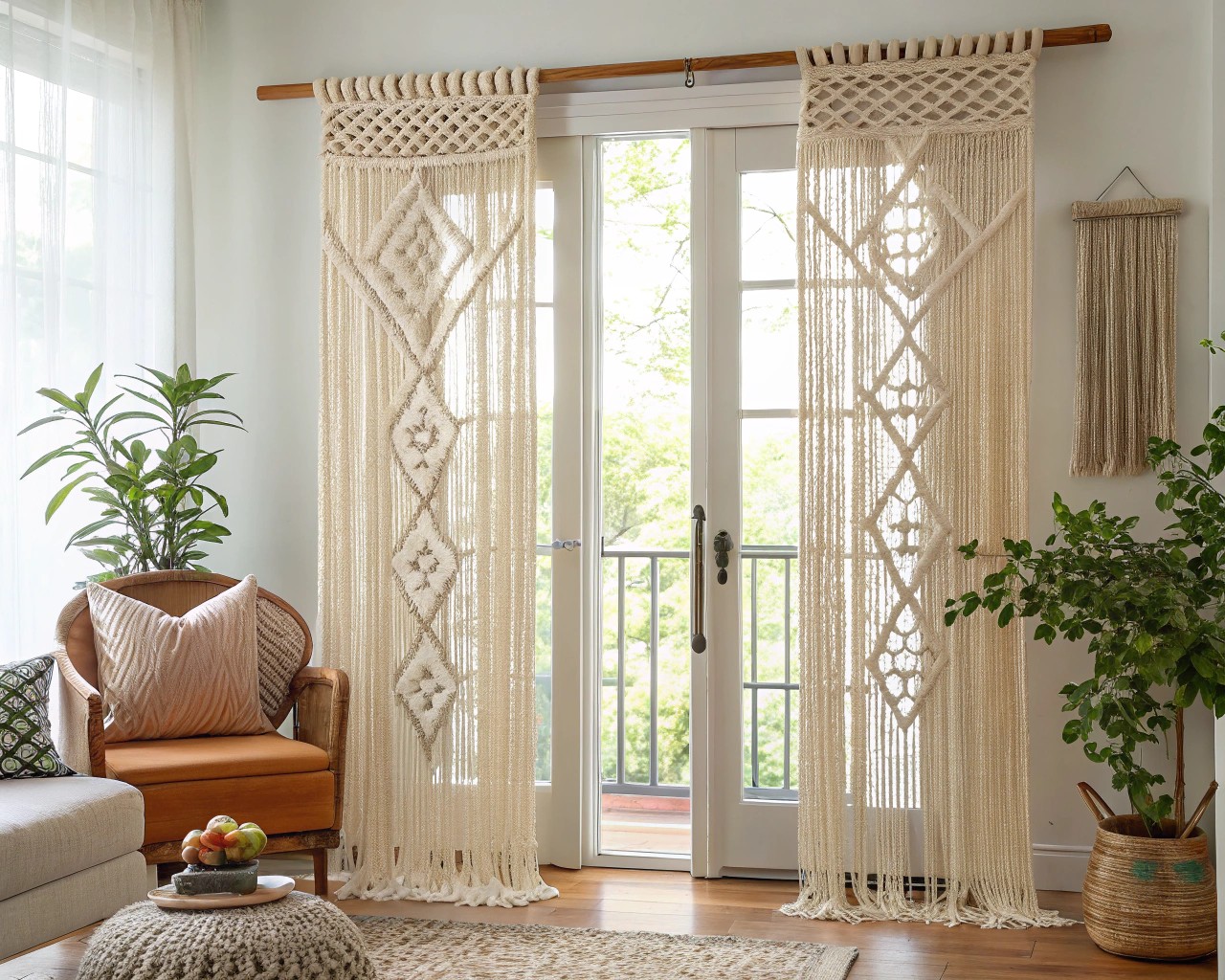
Interior partitions have evolved far beyond traditional folding screens to include sophisticated systems that enhance both function and aesthetics.
Glass and Metal Partitions
Steel-framed glass partitions maintain visual connectivity while providing acoustic separation. I’ve seen excellent results with pocket door systems that slide away completely when open floor plans are desired.
Design Considerations:
- Frame materials: Steel offers industrial aesthetics, while wood frames provide warmth
- Glass types: Clear maintains openness, frosted adds privacy
- Operation: Fixed panels versus sliding or folding options
Natural Material Dividers
Wooden Slats: Create warm, textural divisions while allowing light penetration. Spacing can be adjusted to control visual privacy levels.
Rope and Macramé: Offer bohemian aesthetics with lightweight installation requirements.
Living Partitions: Large plants like Fiddle Leaf Figs or Bamboo palms provide natural room division.
Storage-Integrated Solutions
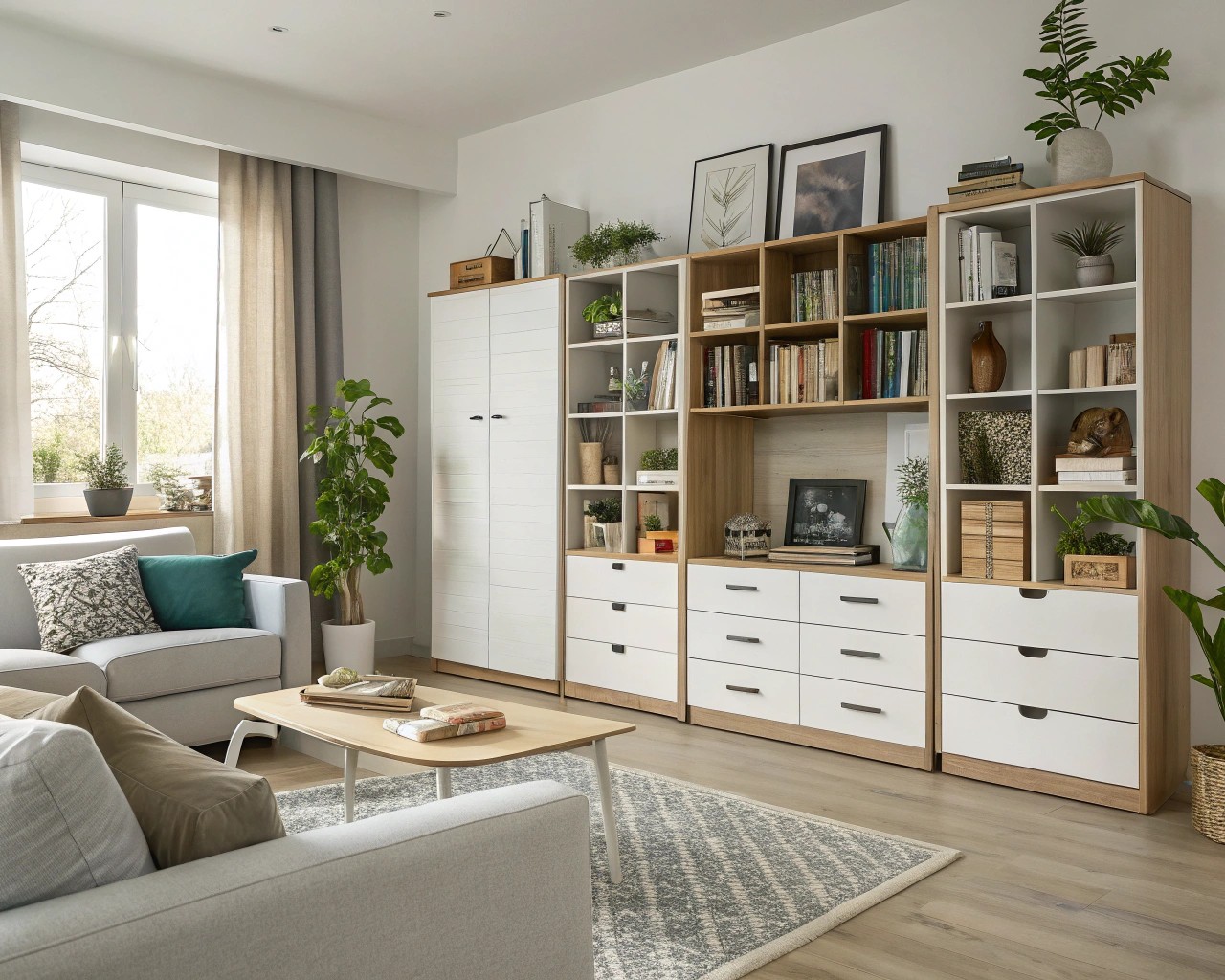
Bookshelf partitions serve dual purposes, providing separation while offering display and storage space. Open shelving maintains visual flow while closed sections offer complete privacy when needed.
Construction Options:
- Floor-to-ceiling: Maximum separation and storage
- Half-height: Maintains sight lines while defining spaces
- Modular systems: Allow reconfiguration as needs change
Implementation and Design Considerations
Installation Strategies
Freestanding Systems: Most metal and wood privacy screens can be positioned without permanent installation. Anchor points in feet allow securing to decks or patios without structural modifications.
Permanent Installations: For screens requiring posts, I recommend setting them in concrete for stability, particularly for taller installations or windy locations.
Creating Design Cohesion
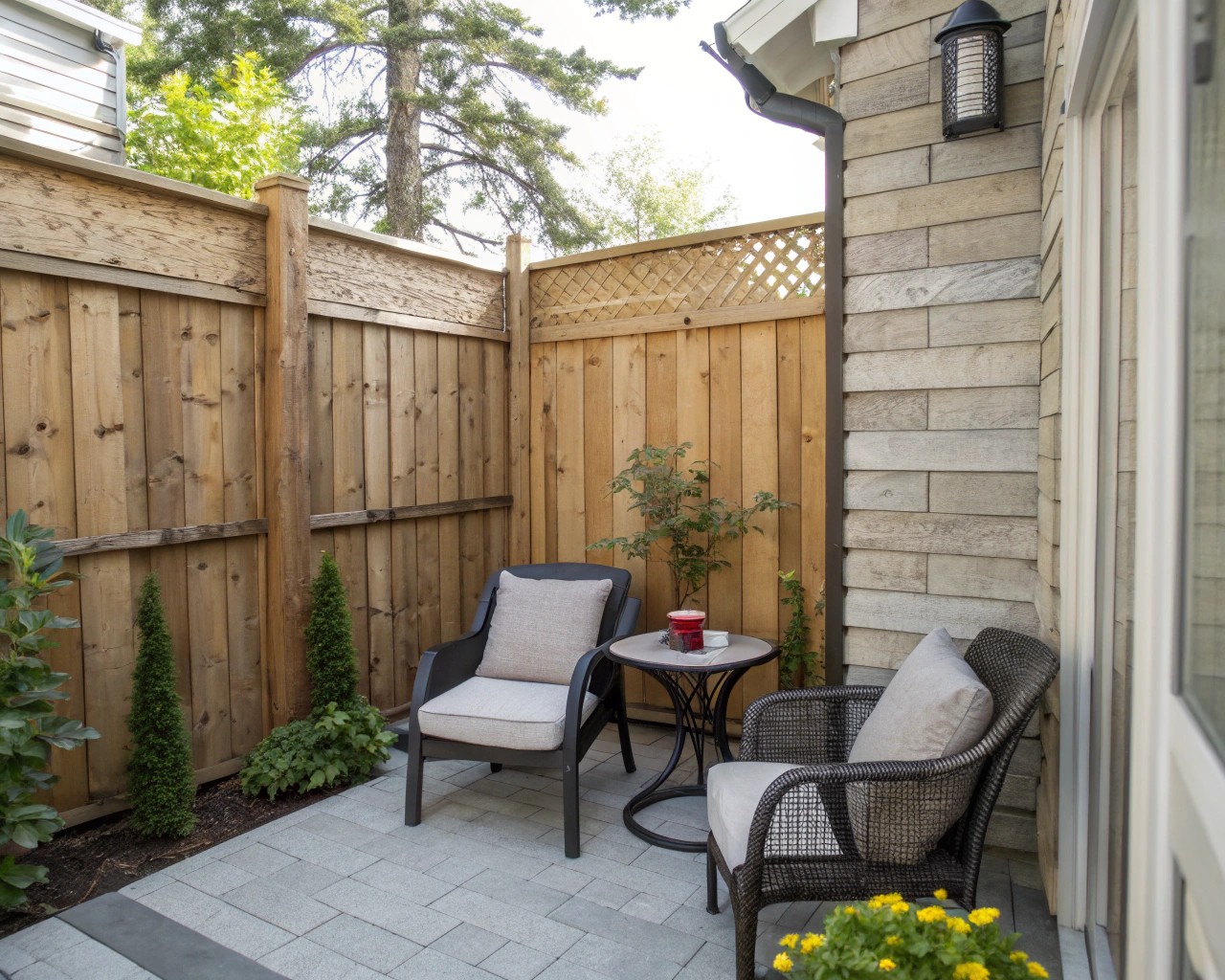
Color Coordination: Match screen materials to existing exterior finishes or choose contrasting colors for dramatic effect. Black screens against light-colored decking creates striking modern aesthetics.
Scale Relationships: Ensure screen proportions work with surrounding architecture. A 6-foot screen might overwhelm a small patio but feel appropriate for larger spaces.
Seasonal Considerations: Account for how plant-based screens will look throughout the year, particularly if using deciduous species.
Multi-Functional Integration
Modern privacy solutions often serve multiple purposes:
Storage Integration: Screens with built-in planters or shelving maximize functionality
Lighting Features: Lanterns or integrated LED strips extend usability into evening hours
Water Features: Fountains integrated with privacy screens mask noise pollution while adding visual appeal
Maintenance and Long-term Planning
Material-Specific Care Requirements
Metal Screens: Require minimal maintenance beyond occasional cleaning and checking anchor points
Wood Screens: Need annual inspection for weathering, with staining or sealing every 2-3 years depending on exposure
Plant-Based Solutions: Require pruning, fertilizing, and replacement planning as species mature
Evolutionary Design Planning
Privacy needs often change over time. I recommend designing systems that can adapt:
Modular Approaches: Use components that can be reconfigured as spaces evolve
Plant Succession: Plan for mature plant sizes and replacement cycles
Seasonal Flexibility: Include retractable or removable elements for year-round optimization

